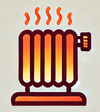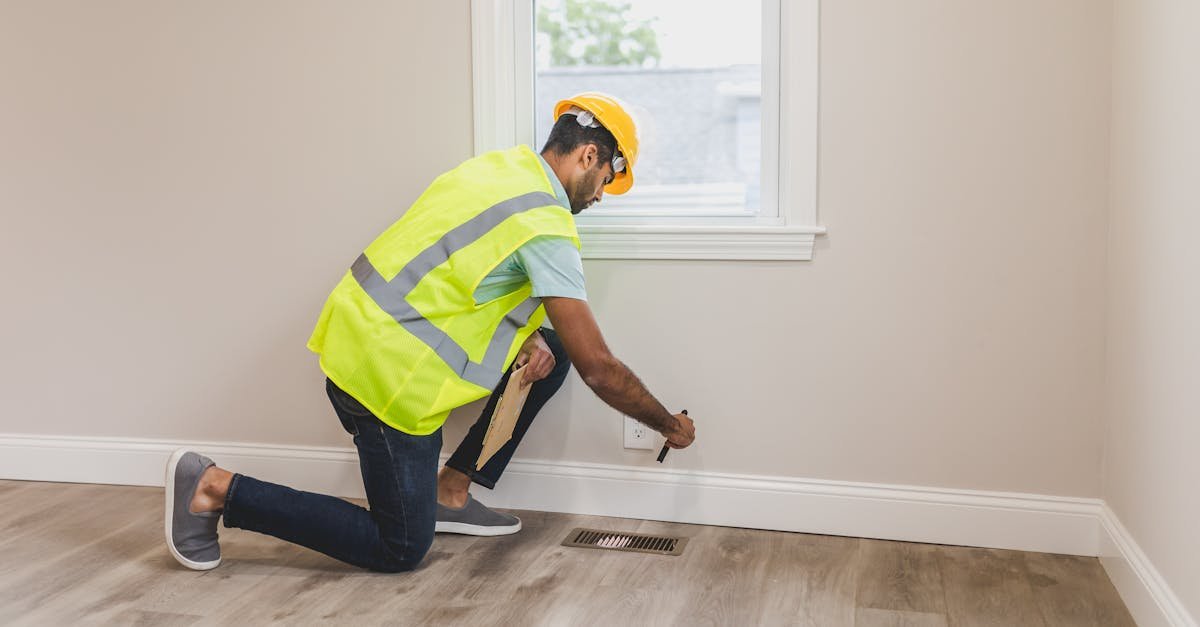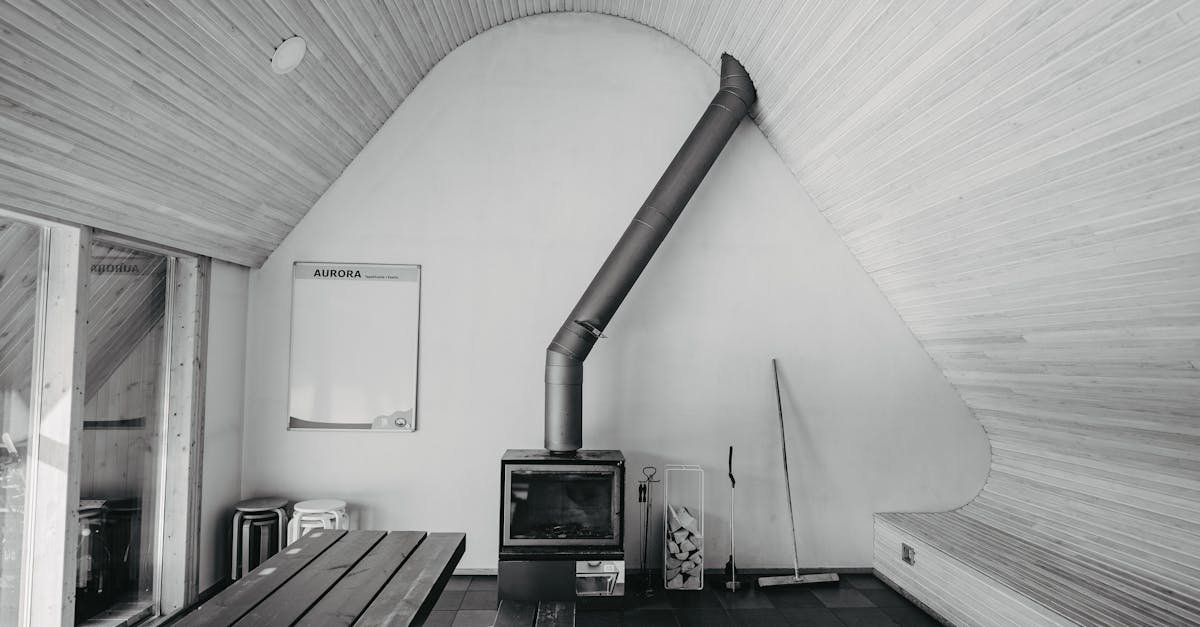To keep your baseboard heater running efficiently and safely, regular maintenance is essential. Start by dusting and vacuuming the heater to prevent dust buildup, which can hinder performance. Check for any signs of leaks or rust, and make sure the vents are clear of obstructions.
Also, consider flushing the system annually to remove sediment and ensure optimal heat distribution. By following these simple tips, you’ll not only extend the life of your heater but also improve its efficiency, saving you money on energy bills. Regular upkeep means a cozy home during those chilly months.
Importance Of Baseboard Heater Maintenance
Regular maintenance of baseboard heaters matters for efficiency, safety, and longevity.
Efficiency
Dust and debris collect in baseboard heaters over time. This buildup reduces efficiency. Heaters work harder and raise energy bills. Clean the vents and fins regularly to keep performance optimal.
For hot water baseboard heaters, flushing the system is crucial. This process removes sediment and debris. Clear systems ensure efficient heat transfer. It also prevents damage to pipes.
Safety
Accumulated dust and debris can create fire hazards. Hence, keep the area around the heaters free of objects. Ensure vents are clear from blockages to promote airflow.
Conduct regular inspections for leaks and corrosion. Check pipes and baseboards in hot water systems. This practice prevents potential safety issues and maintains a reliable heating system.
Common Issues With Baseboard Heaters
Baseboard heaters can face several common issues that disrupt their performance. Recognizing these problems helps you maintain optimal heating efficiency.
Noisy Operation
Noisy baseboard heaters can be annoying. Sounds like banging or clanking often result from expanding and contracting metal. This expansion occurs as the heater heats and cools. If you hear air hissing, trapped air in the system may need releasing. Use air bleeder valves to let it out. Check for loose components, too. Tighten any screws or fittings to reduce rattling noises.
Uneven Heating
Uneven heating leads to discomfort in your space. Cold spots may happen due to blocked airflow or dust buildup. Ensure furniture or curtains don’t obstruct the heaters. Vacuum the fins regularly to remove dust and improve heat distribution. For hydronic systems, air pockets can cause uneven warmth. Bleed the system to release trapped air, promoting better circulation. If issues persist, consult a professional for further inspection.
Regular Maintenance Tips
Regular maintenance keeps your baseboard heaters running smoothly. A few simple steps can enhance efficiency and extend the life of your heaters.
Cleaning The Heaters
Power down and cool the heater before cleaning. Remove the front cover by lifting and pulling it out. Vacuum the fins with a brush nozzle to eliminate dust and debris. Straighten any bent fins carefully with needle-nose pliers. For hydronic heaters, use a damp cloth to wipe the vents. Clean your heaters at least once a year, or twice if you have pets, to maintain optimal performance.
Checking For Leaks
Look for leaks regularly. Inspect both the heater and the surrounding areas. Signs of water pooling or rust indicate issues. Tighten any loose connections, and if you spot persistent leaks, address them promptly. Ignoring leaks can result in water damage and higher bills.
Inspecting Thermostats
Check your thermostats regularly for accurate readings. Thermostats regulate your heater’s operation. If they’re malfunctioning, heaters may run longer than necessary, increasing energy costs. Replace batteries if applicable. If a thermostat shows irregular behavior, consider professional inspection to ensure proper function.
Seasonal Preparation
Seasonal preparation ensures your baseboard heaters function efficiently. Focus on key tasks to get them ready for winter and to shut them down properly in spring.
Preparing For Winter
Clean your baseboard heaters inside and out before winter. Use a vacuum cleaner with a brush attachment to remove dust and debris from the outer surface and fins. Remove the front cover to vacuum the interior, including the fins and casing. Straighten bent fins using needle nose pliers. This maintains optimal airflow and efficiency.
Inspect the heaters for leaks, corrosion, or damage to pipes and baseboards. Ensure no obstructions block the system to maintain heat distribution. If you have hydronic units, bleed air from the system. Use the air bleeder valves for smooth hot water circulation.
Spring Shutdown Tasks
After winter, shut down your baseboard heaters properly. Start by turning off the heating system. Allow your heaters to cool down completely. Clean the outer surfaces again to remove dust accumulated during use.
Inspect the baseboard heaters for any signs of wear or damage. This includes checking for leaks, rust, or obstructions. Address any issues you find, which could affect performance next winter. If your baseboard heaters are hydronic, consider flushing the system to remove any residual sediment. This ensures optimal operation for the next heating season.
Conclusion
Maintaining your baseboard heaters is key to ensuring they function efficiently and safely throughout the heating season. By regularly cleaning and inspecting your heaters you can prevent common issues that lead to discomfort and increased energy costs.
Make it a habit to check for dust buildup leaks and ensure proper airflow. Flushing your system annually will help maintain optimal performance.
Taking these proactive steps not only enhances heating efficiency but also extends the lifespan of your heaters. A little maintenance goes a long way in keeping your home warm and comfortable during those chilly months.








